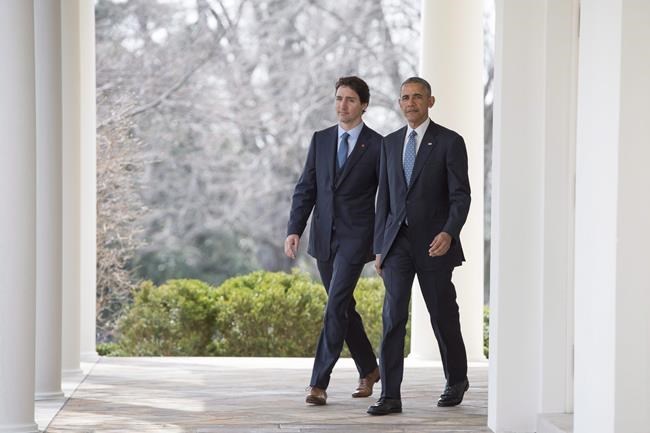OTTAWA — Environment Minister Jonathan Wilkinson is open to imposing tougher regulations to curb methane emissions from the oil and gas sector if that is required to hit a 2025 target to cut them by almost half, his staff said Friday.
Canada set a goal in 2016 to cut methane emissions by 40 to 45 per cent in 2025 compared to what they were in 2012. A new report from the Pembina Institute and Environmental Defence says the regulations in place now for methane will only achieve a 29 per cent cut by 2025.
"They're not on track to meet the target," said Jan Gorski, a senior analyst at the Pembina Institute.
A statement released through Wilkinson's office did not question the analysis, saying only that the federal government is "committed" to hitting the promised target.
"We will continue to review progress towards the federal methane targets, and are committed to strengthening these measures if required," reads the statement.
Natural gas is composed almost entirely of methane, a colourless and odourless gas which, like carbon dioxide, lingers in the air after being emitted and traps heat inside our atmosphere. One tonne of methane emitted will have approximately the same impact on global warming over the course of a century as about 25 tonnes of carbon dioxide.
That is about the same as what five passenger vehicles emit in one year.
Canada's most recent emissions report shows in 2018, methane emissions were the equivalent of 91 million tonnes of carbon dioxide. Almost half comes from the oil and gas industry, with landfills and livestock contributing most of the rest.
Prime Minister Justin Trudeau set the methane target in 2016 and his government brought in regulations in 2018 meant to meet the target. The regulations were initially to be implemented between 2018 and 2020, but were delayed. The first steps took effect in January, and the full rollout won't be in place until 2023.
Gorski said earlier this year, the government released some new data when it reached agreements with Alberta and Saskatchewan to have them use their own regulations to hit the national targets. Neither agreement is yet finalized, though a similar agreement with British Columbia has already been implemented.
The new data adjusted the amount of methane assumed to come from different sources in the oil and gas industry. Methane is emitted when oil and gas is extracted or processed, and can also leak out of oil wells or storage tanks. The new data found some sources were producing more than thought, and others less. That meant the regulations were not targeting the problem the right way to achieve the target.
"It's not unusual that you have these kind of changes but what's missing is a clear plan to actually correct course and adjust the regulations if it becomes apparent they're off track, which is the case now," said Gorski.
Methane cuts were to contribute almost 10 per cent of the total cuts to emissions Canada must make to hit its target under the Paris climate-change agreement. Gorski said unless the regulations are improved, this will just make hitting Paris that much harder.
Wilkinson's staff did not say when any changes to the regulations might be considered. In April, as a move to help the industry in the COVID-19 pandemic, the federal government promised $750 million for a new fund to help eliminate methane from oil and gas production.
Gorski said methane is one of the easiest emissions to cut because the technology is available and is affordable. Capturing methane, which can then be used as a source of energy, is also very cost-effective, he said.
This report by The Canadian Press was first published Sept. 4, 2020.
Mia Rabson, The Canadian Press



